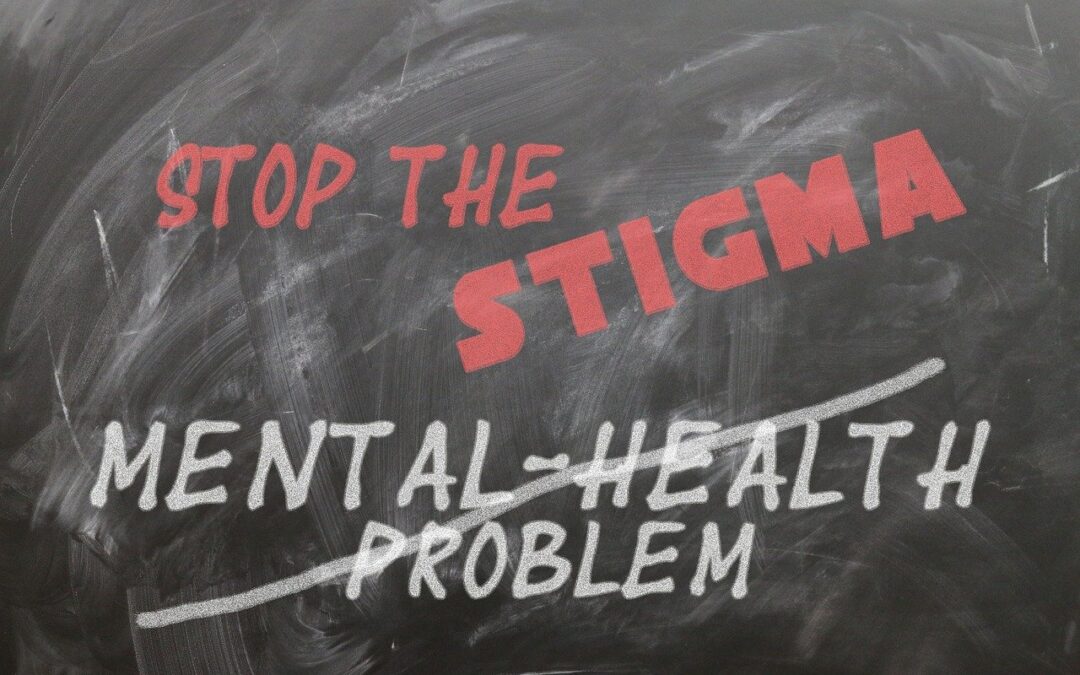Every 40 seconds, someone in the world loses their life to suicide. But addressing this topic is not just about numbers; it’s about saving lives and creating a society where people can seek help without fear or shame. Depression and suicide stigma are barriers to this; breaking them is a vital step toward a more compassionate and understanding world.
The Stigma Surrounding Depression
Stigmas surrounding depression persist due to a lack of understanding and misconceptions about mental health. Society has often viewed mental health challenges as weaknesses rather than legitimate medical conditions. These misunderstandings create a fertile ground for stigma to take root.
Stereotypes and Misconceptions
- Stereotype 1: “Depression is just sadness.” Many believe depression is merely a prolonged period of feeling sad, undermining its complexity.
- Stereotype 2: “People with depression are lazy or weak.” Such stereotypes contribute to shame and prevent individuals from seeking help.
- Misconception: “Depression is not a real illness.” This false belief dismisses the medical reality of depression.
Consequences of Stigma
Stigma leads to discrimination and social isolation, making it harder for those with depression to seek help.
Individuals may internalize stigma, leading to feelings of shame and self-blame.
Stigma perpetuates a culture of silence, hindering open discussions about mental health and potentially preventing early intervention.
The Role of Education
Mental health education is pivotal in dismantling the stigma surrounding depression and suicide. It fosters understanding, empathy, and early intervention.
When people are educated about mental health, they are more likely to recognize signs of depression in themselves and others, reducing the risk of untreated conditions escalating to suicidal thoughts or actions.
Initiatives and Organizations Promoting Awareness
Numerous initiatives and organizations are dedicated to raising awareness about mental health. For instance, “Mental Health Awareness Month” in May and “World Suicide Prevention Day” on September 10th draw global attention to these critical issues.
Nonprofits such as the National Alliance on Mental Illness (NAMI) and Mental Health America (MHA) work tirelessly to provide resources, support, and education to individuals and communities.
Schools, workplaces, and communities increasingly implement mental health programs and workshops to promote understanding and destigmatize mental health challenges.
Breaking the Silence
Encouraging open conversations about mental health is vital in breaking the stigma. Start by sharing your experiences or thoughts and setting an example for others. Create a safe space where friends, family, and colleagues can discuss their mental health without judgment.
Supporting someone with depression requires patience and understanding. Offer a listening ear without judgment, and let them express their feelings. Encourage them to seek professional help and accompany them if needed. Be patient; healing takes time. Keep communication open and consistently check in on their well-being. Your support can make a world of difference in their journey to recovery.
The Role of Social Media in Breaking the Stigma
Social media platforms offer powerful tools to amplify efforts in breaking the stigma surrounding depression and suicide. These platforms have a broad reach, making it possible to engage with diverse audiences and spark meaningful conversations. Here’s how social media, particularly YouTube, can be leveraged to create awareness and reduce stigma:
Awareness Videos on YouTube
Personal Stories: Encourage individuals who have overcome depression or suicidal thoughts to share their personal stories on YouTube. These narratives can provide hope and inspire others to seek help.
Educational Content: Create informative videos that explain depression, its symptoms, and the importance of seeking treatment. Use accessible language to ensure the information reaches a wide audience.
Interview Experts: Invite mental health professionals to discuss depression and suicide on your YouTube channel. Their insights can provide credibility and valuable information.
Myth Busting: Produce videos that debunk common myths and misconceptions about depression and suicide. Use evidence-based information to challenge stereotypes.
Resources: In your videos, share links and contact information for mental health hotlines and resources. Ensure viewers know where to turn for help.
Live Streams and Q&A Sessions
Host live sessions on YouTube where viewers can ask questions and engage in real-time discussions about mental health. This interactive format fosters a sense of community and encourages open dialogue.
Collaborations
Collaborate with other content creators or mental health advocates to reach a broader audience. Joint efforts can amplify the message and promote unity in breaking the silence.
Hashtags and Challenges
Create and promote hashtags related to mental health awareness. Encourage viewers to share their own stories or insights using these hashtags. Consider challenges that promote self-care and well-being.
Enhancing Video Awareness with Editing Tools
When creating video awareness content, utilizing video editing tools can elevate the impact of your message.
- Video Compression: Use a video compressor to reduce file sizes without compromising quality. Smaller files are easier to share and load on various platforms, reaching a broader audience.
- Video Joiner: Seamlessly combine multiple clips using a video joiner. This allows you to craft a cohesive narrative and include diverse perspectives or insights in your awareness video.
- Video Editing: A video editor is invaluable for fine-tuning your content. You can add captions, subtitles, or text overlays to reinforce key points. Edit out any unnecessary segments to keep your message concise and engaging.
Video Awareness Samples
Therapist answers questions on suicide | How to help a friend and yourself through suicidal thoughts
10 Signs Your Mental Health is Getting Worse
10 Things Only Depressed People Will Understand
Conclusion
Let us unite in the journey to break the silence surrounding depression and suicide. By fostering open conversations, offering support, and harnessing the potential of social media and video awareness, we can create a world where individuals feel empowered to seek help without stigma. Together, we can shatter the barriers that prevent people from getting the assistance they need, ultimately saving lives and building a more compassionate society. Join the conversation, share your story, and be the change.
Image by Gerd Altmann from Pixabay


